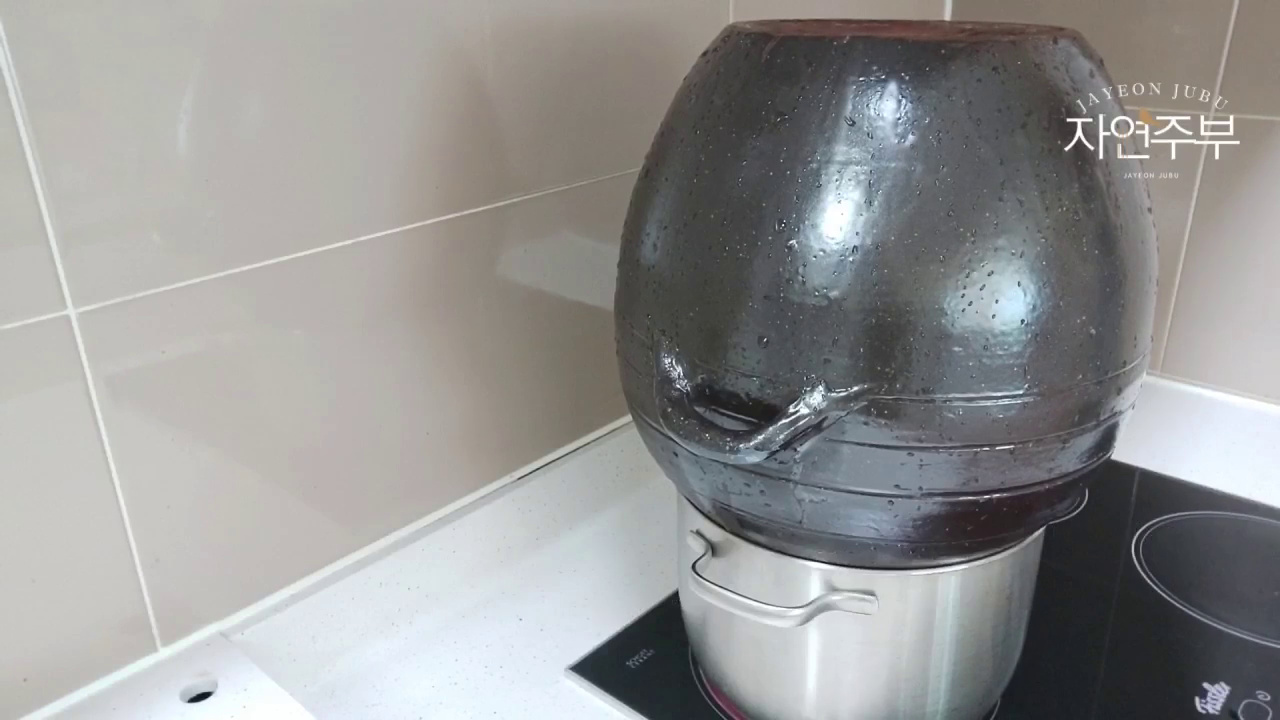2 Simple Methods to Sterilize Earthenware Pots at Home
Earthenware Pot Sterilization: Easy Methods for Apartment Dwellers

Essential for fermenting kimchi or storing traditional pastes, earthenware pots require proper hygiene. Here are two practical and simple methods to thoroughly sterilize your pots, even in an apartment. Ensure cleaner pots for tastier food!
Essential Item- Earthenware pot to be sterilized
Cooking Instructions
Step 1
First Sterilization Method: Steam Sterilization Using a Steamer

Step 2
Pour 1 liter of water into a pot and bring it to a boil. Using a generous amount of water is key to creating sufficient steam.

Step 3
While the water is boiling, thoroughly wash the earthenware pot you intend to sterilize with clean water. This step removes any potential dirt or dust.

Step 4
Once the water is boiling, carefully place the washed pot upside down on a steamer rack. Allow the pot’s exterior to be exposed to the hot steam evenly to maximize the sterilization effect. Steam for about 10-15 minutes, or until the water on the outside of the pot has completely evaporated and the pot feels hot. Covering the pot with a lid is recommended to prevent steam from escaping.

Step 5
After steam sterilization, place the pot upside down in a location with ample sunlight to dry completely. The sun’s UV rays and airflow will help dry any remaining moisture, preventing mold or bacterial growth. Ensure the inside and outside are thoroughly dried.

Step 6
Second Sterilization Method: Cleaning and Sterilizing with Vinegar

Step 7
Pour about 1/4 cup of vinegar (or a standard Korean paper cup, roughly 50ml) into the cleaned earthenware pot. Tilt the pot to coat the inner walls evenly with the vinegar. The acetic acid in vinegar has antibacterial properties.

Step 8
After coating the inside of the pot with vinegar, let it sit for a while, then rinse with clean water. For an extra thorough sterilization, you can follow this with the steam sterilization method described above and then sun-dry the pot completely. (Discard the vinegar used in this step).



